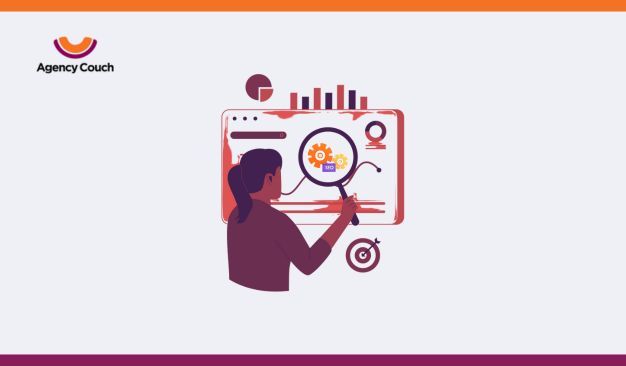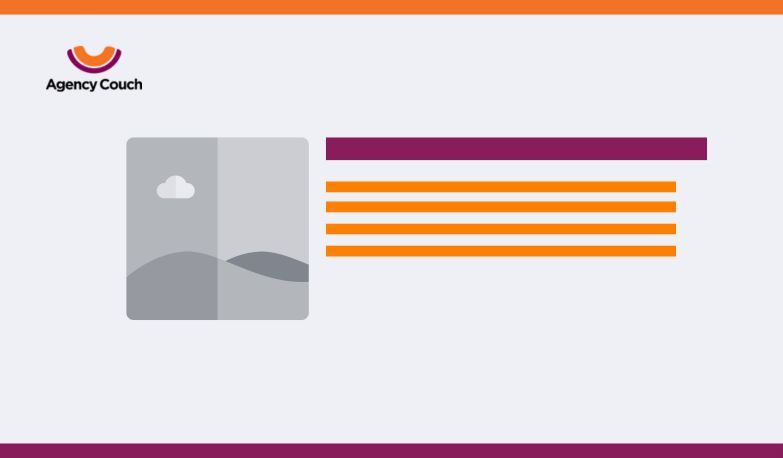There are hundreds of millions of active websites globally.
This implies that no matter what content you are pitching online, there is bound to be stiff competition for almost everything. In fact, if you just search for “how to use google search console to improve SEO” on Google, you will get over 3 million results. Now, you are unlikely to read through all those links and will probably check the top 4-5 links before adjusting your search. So are your readers!
Thus, it is of utmost essence that you up to your SEO strategy and improve rankings for underperforming keywords. That’s exactly what we are going to focus on in this article!
Which SEO Tool to Choose
There are a lot of SEO tools that you can buy to boost your website’s SEO performance. Each such tool claims to be better than the other and will probably display various unique and enticing numbers and metrics. However, if you know your goals and want to do things the best way then the tool you need is Google Search Console. The best part of the deal is that all you need is to spend some time with this free tool.
Google Search Console
Earlier known as Google Webmaster Tools, the Google Search Console is a free tool from Google which business owners and marketers use to monitor the performance of their website and optimize the website’s search performance.
Coming from the world’s leading search engine brand, Google Search Console is among the most powerful SEO tools available. However, most of the users barely scrape the surface as far as its potential is concerned. When used in tandem with Google Analytics, the Google Search Console can help you generate in-depth insights into your website’s performance, keywords rankings, and ways to optimize the same.
How to use Google Search Console for SEO
The first thing to do is to find out what keywords your site/content ranks for.
The majority of the people click on one of the top search results, so if your content is not up there then you are missing out on most of the potential traffic.
In fact, it is quite astonishing to see how the difference of a few places on the search rankings can drastically alter the volume of traffic a website gets.
They’re underperforming because most people click one of the first two results, meaning that if you rank in lower positions, you’re missing out on tons of traffic. For instance, a page positioned at number 8 on the Search Engine Results Page (SERP) is likely to get less than 2% of the traffic for a keyword.
On the other hand, a page ranked second will garner nearly 14% of the traffic. That’s a straight jump of over 7x by moving 6 places up.
In simpler words, if your keyword has a monthly search volume of 1000, you get less than 20 clicks on the number 8 position, whereas your competitor using the same keyword will get about 140 visitors if his website is at number 2. This makes it clear that your keywords are underperforming.
To know which specific keywords are not performing well, you need to go to the “Search Results” report in the Google Search Console and toggle the average CTR and position data. Once you have done that, you need to go to the queries report tab and set the average ranking position filter to less than 8.1. Next, you need to sort the search results by average position in descending order.
Here, you have to get the list for the underperforming keywords, i.e., keywords that already rank between number 3 to number 8 on the SERP. What you also need to find out is whether the average ranking position for the keyword and its click-through rate is close to the average for that position or not.
To know that you need to click on a given keyword and go to the “Pages” tab to see which page is ranking. A little glance would let you know whether the page is on the same topic as you want or if there is optimization scope for the keyword. Since the keyword has been underperforming, you need to then conduct a dedicated analysis of the page content and focus on improving its ranking by revamping the on-page SEO.
The ideal way would be to add some contextual internal links and generate backlinks from other websites on the subject. Further, you can also take steps to increase the page loading speed and other aspects.
Importance of Backlinks in SEO
Backlinks from other websites play a crucial role in any web page’s SEO. The quality of the content on a link page and the relevance of that website can positively or negatively influence the page ranking.
Therefore, you need to see what other sites have linked to your site. For that, you need to go to a report in Google Search Console that lists the top linked pages.
Here is the path that you need to follow: Google Search Console – Choose your property – Links – External Links – Top linked pages.
In the default mode, this report is sorted by incoming links showing you which of your web pages have maximum backlinks.
You need to click on ‘Sort by Linking sites’ to see which of these pages have maximum links from unique websites.
Next, you need to click on any of the listed pages to see which are the top linking sites to that page and also the number of backlinks from each of these sites.
There is an option to download and save this report in CSV or Google Sheets format for further analysis.
Note: All good things come with a flip side too, and there are certain limitations that you need to be aware of while using Google Search Console here.
- The reports list only up to 1000 pages of your website, and a maximum of 1000 unique website backlinks.
- There will be no analysis of the context of the content on the external links or the quality of the websites linked. They might even be adversely affecting your SEO efforts but, Google Search Console won’t tell you that.
Putting your best pages forward
This is one area where the vanity metrics of page visits and time spent on the page comes in handy. You might have tens or hundreds of pages on your website and it is obvious that each page will perform differently in terms of grabbing the traffic.
You need to identify your high-converting pages and further optimize their SEO by using the following steps:
Optimize the content: Quite often, great content remains undiscovered due to the way it is presented. You need to make your page headlines more SEO-friendly by using the right keywords. Further, the content has to be completely in sync with the keywords that bring a visitor to your website. Usage of easy-to-read fonts, integration of graphics and images to explain the topic, and elimination of any irrelevant links and text can optimize the on-page content.
You might not know that Google uses over 200 ranking signals to identify the web pages which make it to the first SERP. It has a very powerful algorithm that focuses on how relevant your webpage content is to the searchers and presents it accordingly.
Improve user-friendliness: Time is at a premium these days and when users visiting your website find the navigation complex and are not able to see relevant content within the first few seconds, they are likely to bounce off. Therefore, you need to ensure that your web pages especially the conversion-focused landing pages have an easy and user-friendly interface. Not too many clicks and internal links should be there apart from those that are absolutely relevant and essential to the user. The user-friendliness of the landing pages is a crucial component of Google’s page score and a bad page experience can reduce the traffic even if you go for a paid campaign.
Identify your organic visitors: Search Engine Marketing (SEM) has become extremely competitive and it requires a lot of effort and spending to get quality paid traffic to your landing pages. If you are a retailer or a service provider, this expenditure on advertising is often going to be higher.
Therefore, boosting your SEO efforts is of greater consequence as it generates free and quality traffic to your web pages. You might still spend on some tools and pay the SEO team for their efforts, but overall, the cost is likely to be less than what you would spend on Google Adwords or other SEM channels.
You must compare the percentage of your organic visitors with the traffic that comes from paid sources. The surprising thing is that on average, the paid search brings about 2% of the traffic to the website whereas organic search tops out at 15%.
Hence, if you are getting organic traffic to the tune of 4-5% or anywhere less than 10% of the volume then you need to focus more on your SEO. It would consume time and effort and might even take months to deliver the desired result. However, what SEO would ensure is the delivery of quality traffic to your website and a much higher likelihood of conversions.
Role of Google Analytics in SEO
Once you have gone through the steps of improving the SEO of your website through the Google Search Console, it is time for you to use the power of Google Analytics to further enhance the SEO. There are four major ways in which Google Analytics can boost the outcome of your SEO efforts:
Understand how the visitors find your website: You can not only optimize the keywords used on your website but, Google Analytics gives you the power to find what other keywords drive the visitors to your website. When you start your SEO campaign, you might know very few keywords, but, as time goes by, you will keep building your keywords list using the organic searches of the audience, and further optimize your campaign.
Identifying the best-performing pages and links: Google Analytics gives you the ability to know the most popular pages and links on your website. Thus, you would also gain the ability to know whether the SEO campaign is leading your website traffic to the desired pages or not.
Audience segmentation: Google Analytics allows you to track the number of new visitors brought in by the SEO campaign. Further, the analytics results can be segmented into new/returning visitors, visitor location, and sites/links from where the visitors reach your website.
Further, optimize your website: The Google Analytics report enables you to fine-tune your website further. You can change the content on pages that are underperforming. Thus, you will be able to improve the quality of your landing pages further and gain more traffic in the future.
Conclusion
SEO is a consistent process that requires regular focus and effort from you. However, once you learn to harness the power of Google Search Console and Google Analytics to your advantage, you will see your conversions spike. Go ahead and implement the suggestions shared above and boost your SEO faster!



